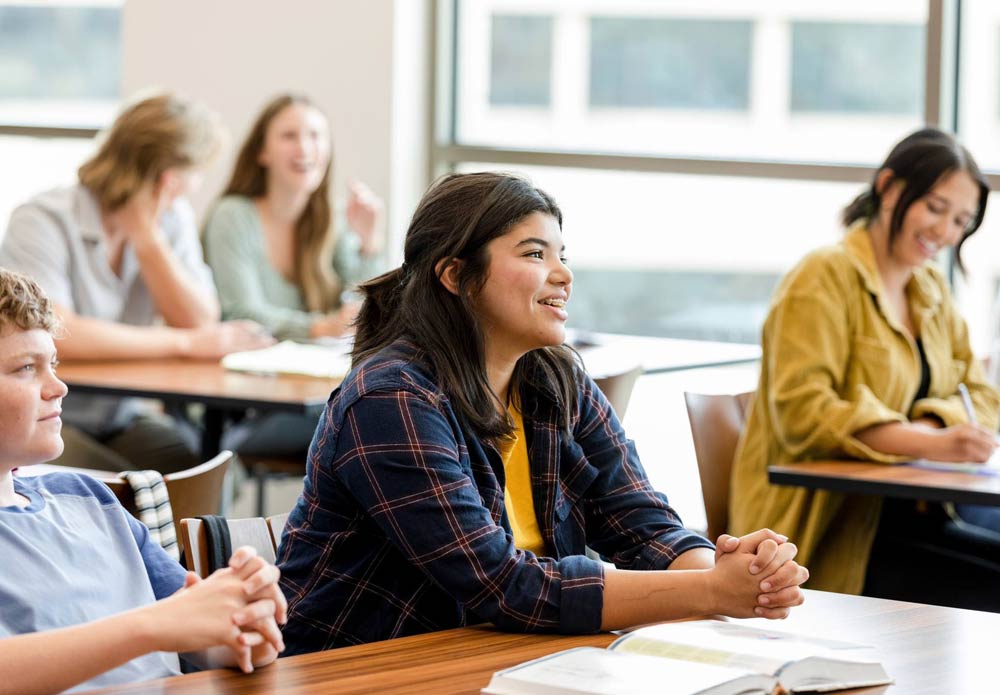Navigating the Maze of Social Cliques: Inclusivity in Middle and High School

Understanding Social Cliques: Social cliques are tightly knit groups of peers who share common interests, activities, and social behaviors. These groups can form for various reasons, such as shared hobbies, academic pursuits, or cultural backgrounds. While belonging to a clique can provide a sense of identity and belonging, it can also lead to exclusion and isolation for those who are not part of the group.
The Impact of Exclusion: Exclusion from social cliques can have profound emotional and psychological effects on adolescents. Feelings of loneliness, low self-esteem, and depression may result from being left out. Additionally, exclusion can hinder academic performance and lead to behavioral issues as students struggle to cope with these emotions.
How Parents Can Help: Parents play a crucial role in helping their children navigate social cliques. Here are some tips for parents:
- Listen Actively: Encourage open communication with your child and listen to their experiences and concerns.
- Foster Individual Interests: Encourage your child to explore their unique interests and talents outside of cliques.
- Teach Empathy: Help your child understand the importance of empathy and kindness toward others.
- Be a Role Model: Demonstrate inclusive behavior and encourage your child to do the same.
How Therapists & Counselors Can Help: Therapists & counselors also play a vital role in supporting adolescents facing exclusion and navigating the challenges of social cliques. Here are some strategies therapists can employ:
- Building Self-Esteem: Therapists can work with students to boost their self-esteem and self-worth. Helping them recognize their unique qualities and strengths can mitigate the negative impact of exclusion.
- Developing Social Skills: Teaching social skills such as communication, conflict resolution, and empathy can empower students to build new friendships and cope with social challenges.
- Encouraging Open Dialogue: Therapists can create a safe space for students to express their feelings and fears about exclusion. Open and honest conversations can help them process their emotions.
Social cliques and exclusion are common challenges in middle and high school. However, with the support of therapists, parents, and educators, students can learn to navigate these complex social dynamics while fostering inclusivity. By promoting self-esteem, social skills, and open dialogue, we can create a more inclusive and compassionate school environment for all students, helping them thrive academically and emotionally.
